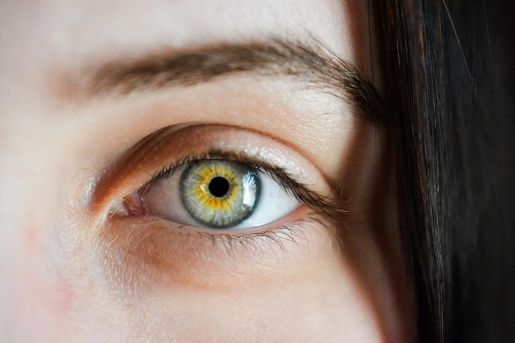What is glaucoma?
Glaucoma is a leading cause of irreversible blindness worldwide. While there is not yet a cure for this condition, its impact can be reduced significantly when it is diagnosed and treated early.
Dr. Masih Ahmed, an ophthalmologist and assistant professor of ophthalmology at Baylor College of Medicine, discusses symptoms, causes, and the importance of screening in the following Q&A.
Q: What is glaucoma? Are there different types?
A: Glaucoma is a condition where the optic nerve is damaged due to increased pressure in the eye (intraocular pressure, IOP).
There are several different causes of glaucoma, with the most common being primary open angle glaucoma. In this type of glaucoma, the drainage angle is open, but the filtration system (trabecular meshwork) is not functioning properly.
Conversely, angle closure glaucoma is when there is anatomical closure of the drainage angle allowing a build up of fluid in the eye and resulting increased eye pressure. Other types of glaucoma include normal tension glaucoma, pigmentary glaucoma and pseudoexfoliation glaucoma.

Q: What are the symptoms?
A: Glaucoma is a silent disease. There are often no warning signs or symptoms in the early stages of the disease. Glaucoma affects the peripheral vision first, so by the time patients notice vision loss, the disease has often progressed to a severe stage. This is why screening is so important.
In angle-closure glaucoma, patients can have attacks where they experience classic symptoms. These include severe eye pain or headache, red eye, seeing halos or rainbows, nausea and/or vomiting. These episodes require emergent care.
Q: What are the risk factors?
A: Studies have shown certain risk factors that make a person more likely to develop glaucoma. These include the following:
- Being over the age of 60
- Being African American, Asian or Hispanic.
- A family history of glaucoma
- High eye pressure
- Thin corneas
- A history of eye injury
- Use of topical steroid drops
- Systemic medical problems such as diabetes, hypertension
While there is no cure for glaucoma, early evaluation and diagnosis can help prevent progression of the disease.
Q: How is glaucoma diagnosed?
A: Glaucoma is diagnosed by an eye care provider via clinical examination and testing. The eye care provider will check your vision, eye pressure and corneal thickness. They will also use a special lens that allows them to visualize the drainage system in the eye. A dilated exam will be performed to evaluate the optic nerve for any signs of glaucoma damage.
Special testing is often performed as well. This includes a visual field test to map out your field of vision, specifically evaluating your peripheral vision.
Q: How is it treated?
A: The key to glaucoma treatment is slowing or stopping progression. This can be done in multiple ways based on your type of glaucoma and the stage of the disease. Treatment options include:
- Medicated eye drops: These are often the first line of treatment. They work by either decreasing the amount of fluid the eye produces or improving the drainage of fluid. They require good compliance, but if used properly are very effective.
- Laser procedures: There are two main types of laser therapy that are used and can be performed in the clinic setting. Selective laser trabeculoplasty is for open angle glaucoma and improves the functioning of the drainage system. Laser iridotomy is used for angle-closure glaucoma and provides access to an alternative pathway for fluid to the drainage system. Your provider will discuss if either of these are suitable options for your condition.
- Surgery: There are several surgical procedures that can be used to treat glaucoma that has not responded to the above treatment options.
- Minimally invasive glaucoma surgery is a subset of procedures that can be done in combination with cataract surgery or alone. These are devices or procedures done through a small incision that improve the functioning of the drainage system. There are multiple options available.
- Trabeculectomy is a surgical procedure where your surgeon will create a flap in the sclera to allow fluid to drain into a pocket of conjunctiva. This will lower pressure by redirecting fluid to underneath the conjunctiva where it can be absorbed.
- Glaucoma drainage devices redirect fluid from inside the eye through an implanted tube to a reservoir under your eyelid the surgeon will create at the time of surgery.
- Cataract surgery can often reduce eye pressure and is effective in angle closure glaucoma.
Be sure to see your provider for a comprehensive eye examination and share any history of risk factors that you may have. With early detection, diagnosis and treatment, most cases of glaucoma can be successfully managed.
Learn more about eye care services at Baylor Medicine or call 713–798–6100.
-By Nicole Blanton



